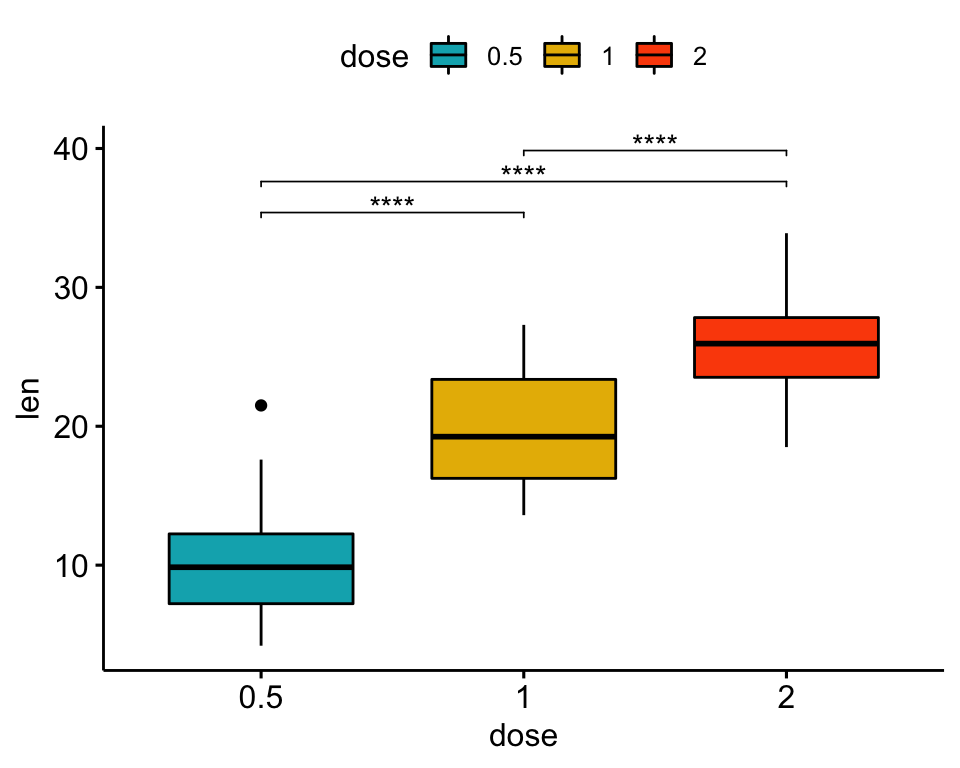
These are the steps I used to recreate a specific situation but they shouldn’t be too much different for any type of stem you want to create.

Here is what the final measure looks like: This is then inherited by the other notes in the chord (including the diamond symbol). Select the top note of the affected chord (in this case the A) and change it to the normal notehead without leger lines. For such cases (which were fortunately rare), I created a “normal“ notehead with leger lines deselected: The new symbol inherits the properties of the top note in the “chord”. This is also why the next (7th) note has a leger line that is not needed. When your new symbol/note is the top of a chord the other notes inherit its properties. This is why it is important to have these display with the new notehead that you create. On the 6th note group of the measure the stem and leger line are missing. Now just select the notes you added and change them to the newly created notehead typeĪs you can see, there are two small problems. Here is what that measure looks like now: A 4th or 5th would have also produced good results. In this case I decided to try to emulate the manuscript but you could also choose a fixed interval depending on your needs. Now in order to use this new notehead, I just had to enter notes at the desired vertical position. We will see in a minute that this was counter-intuitively not correct. Originally I also set leger lines and stems not to display. Transposition was not relevant since this was a concert score with all non-transposing instruments. Obviously I didn’t want the notes to playback or display accidentals. 69 spaces centered the symbol on the stem as desired. You may notice I only needed to replace the quarter note symbol for my needs. Then in the notehead edit window, I created a new type using this symbol. Then I created a new symbol using the small version: But I did find that symbol 43 in the “special notepads etc.” group could work well.Īgain I copied the text style for this group and made a version in a smaller font. The actual diamond notehead is a bit oblong and didn’t center on the stem. It occurred to me that I might be able to fake the symbols using a diamond notehead placed on the stem at the desired position. The second custom stem I needed is a diamond shape that the composer uses to signify a certain type of “half-harmonic“ playing style for strings. The tremolo symbol is note-attached and could theoretically also be replaced in the same manner but I needed to use it elsewhere in this particular score. That was a great start and a big help, but didn’t really offer an option for the second type of stem. Now whenever you need that stem, you can just select the 6 on the third keypad and your new symbol will cross the stem and stay attached to and move with the note. My new slightly smaller text style for the “s“. Depending on the exact symbol you need, you may need to experiment with the symbol positioning to make sure it is where you want it for both up and down stems. I found it useful to copy the ‘1st and 2nd endings’ text style and make the font size a little bit smaller.

This came from the ‘1st and 2nd endings’ symbol set. In the symbols edit window I simply replaced the “z” (which I wouldn’t need for this score) with an “s”. Turning to the Sibelius forum, I found a post by user Jeremy Hughes suggesting replacing the “z” (buzz roll) symbol on the keypad to achieve a note-attached stem symbol. Here is a sample from the original manuscript: The first type of stem basically has an “s” through it to signify a kind of exaggerated pitch fluctuation/vibrato.
#SIBELIUS FLIP STEMS PLUS#
Plus the particular symbols I needed for this piece were not available.

If there a lot of them in use, each one needs to be manually placed and, should anything change in the formatting, they easily slide around and need to constantly be checked.

While Sibelius does offer a set of custom stems as symbols, the fact that these can not be attached to notes makes it difficult to work with them in practice. While working on a recent project I was faced with the challenge of recreating two varieties of custom stems.


 0 kommentar(er)
0 kommentar(er)
